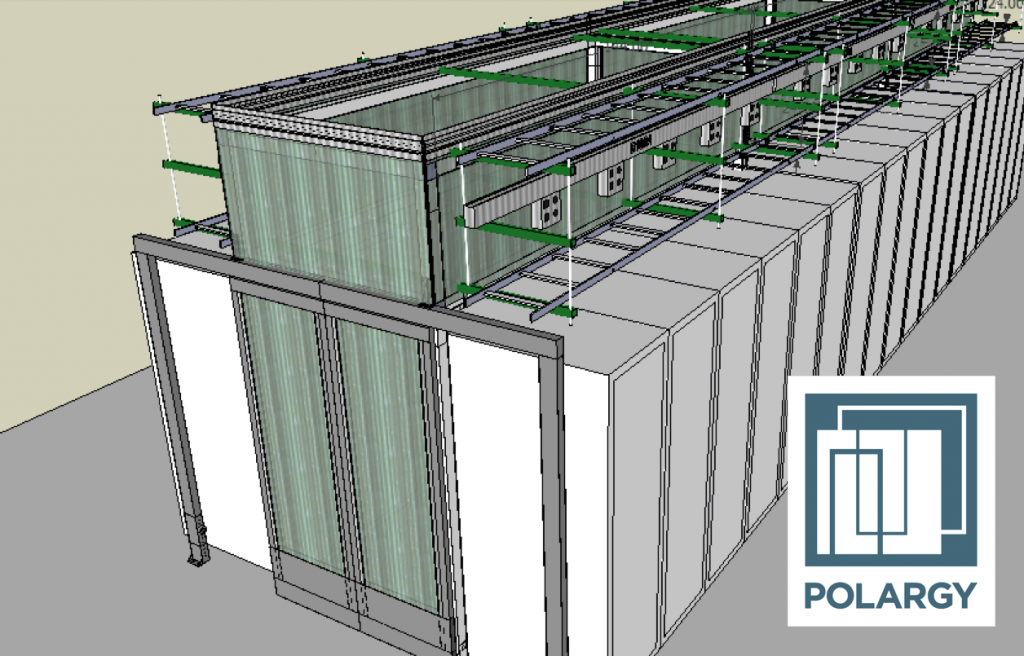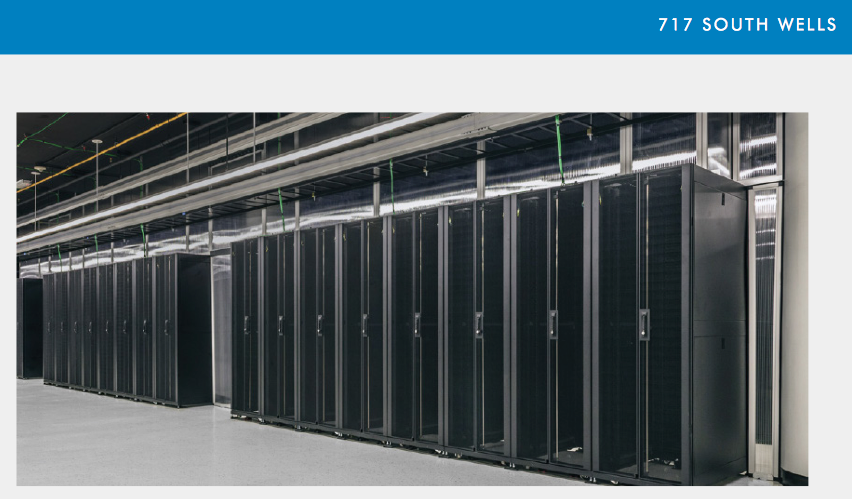“This image of Polargy’s Cold Aisle Containment is from the brochure for Netrality’s new site in downtown Chicago. The site is at 717 South Wells and we were thrilled to expand our footprint in the Chicago area. This site uses Kyoto cooling system which requires containment to perform properly. Also, the project was a complete remodel of the room and we had to do some detailed work around the conduits and columns. If you want to take a tour of the site just contact us and we’ll connect you with their sales guy for the site”
Tag Archives: Cold Aisle Containment
Phasing is all the rage
And it’s Just in Time.
Last week the Northern California 7×24 Exchange held their Spring event covering the topic of Construction Best Practices. One clear theme that emerged was the need for Flexible, Phased Capacity as new data centers are built out. Several speakers and panelists addressed market trends in outsourcing that drive this need.
Ron Vokoun from JE Dunn Construction, explained several trends in outsourcing and new construction that are driving the need for flexible capacity.
- Small businesses are moving IT to co-lo and cloud providers.
- Medium businesses are moving IT to co-lo and wholesale providers.
- Most new construction is purpose built, Greenfield, and larger in scale, yet with larger shells, initial fit-outs are modest and subsequent fit-outs are delayed until occupancy is closer.
Sam Brown, VP of Engineering and Construction for Server Farm Realty echoed this phasing approach explaining that customers tell them, “We need 500Kw now and over five years we plan to ramp into 2MW.”
 Polargy sees this emerging trend of “phasing” reflected in an increasing appetite for our Floor Mounted Infrastructure (FMI) among co-lo and wholesale providers.
Polargy sees this emerging trend of “phasing” reflected in an increasing appetite for our Floor Mounted Infrastructure (FMI) among co-lo and wholesale providers.
Our FMI solution incorporates containment, cable and power trays, and lighting. It is essentially a “modular white space” solution deployed in response to actual demand for capacity. Using a phasing approach, after the shell and raised floor is built out, the remaining infrastructure of containment, power, cable, and lighting can be deployed as needed. This is less constraining to the layout, which may not be fully understood until actual customers come in and their requirements clarify.
Perhaps most importantly for the industry, this “just in time” approach to data center infrastructure goes a long way toward smoothing bumps in the business model many insiders are anxious about, as I discussed in my previous post about maturation and rationalization. The ability to easily defer and fine-tune capital investment until actual demands are understood will be a competitive advantage for early adopters of phasing.
Because Polargy has deep expertise and experience with precision design and rapid deployment, we anticipate strong demand for our FMI solution that enables easy Phasing, as this new fit-out trend grows into an industry Best Practice.
Pixar’s “Ridiculous” ROI on Cold Aisle Containment
Jay (now at Twitter) presented Pixar’s results from Polargy’s Cold Aisle Containment installation. This is a simple and compelling story on containment’s ease of implementation and rapid ROI.
Bernoulli Makes Curtains Dance
One problem we have seen with curtains on cold aisles is the flapping or drawing in of the curtains due to the airflow through the adjacent perforated tiles. Sometimes people call this the “dancing curtain problem.” The Bernoulli effect (air plane wing effect) of lower pressure on the side of the higher air velocity causes this. This flapping can push the curtains close to the server intakes and then the suction of the intakes can suck the curtains onto them, blocking and essentially starving the servers. We caught this blocking three times before we adopted a policy of avoiding curtains on cold aisles.
After examining this and having the good fortune of a customer doing some testing we concluded that flapping curtains are not a fuction of air balance in the contained zone. Rather, it is a function of turbulence caused by the airflow through the nearby tiles. So, even if one has an oversupply of air, the curtains just don’t push out gently as one might expect.
We tried adding weights to the curtains to prevent their movement, but this only resulted in heavy flying objects banging into the servers. Ultimately, we added two solid panels to the sides of the strip door. By the time we did this, the cost was about the same as a sliding door like the one pictured below.

Sliding Door Preferred Over Curtains for CAC
The design approaches to combat the flapping curtains include:
- Hot aisle containment – there is no air flow from the floor
- Sliding doors – they don’t move
- Solid floor tiles at ends of rows – no nearby air movement
- Extended containment perimeter – basically place doors away from aisle end in some manner

